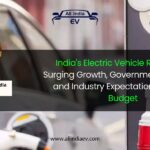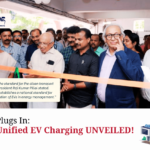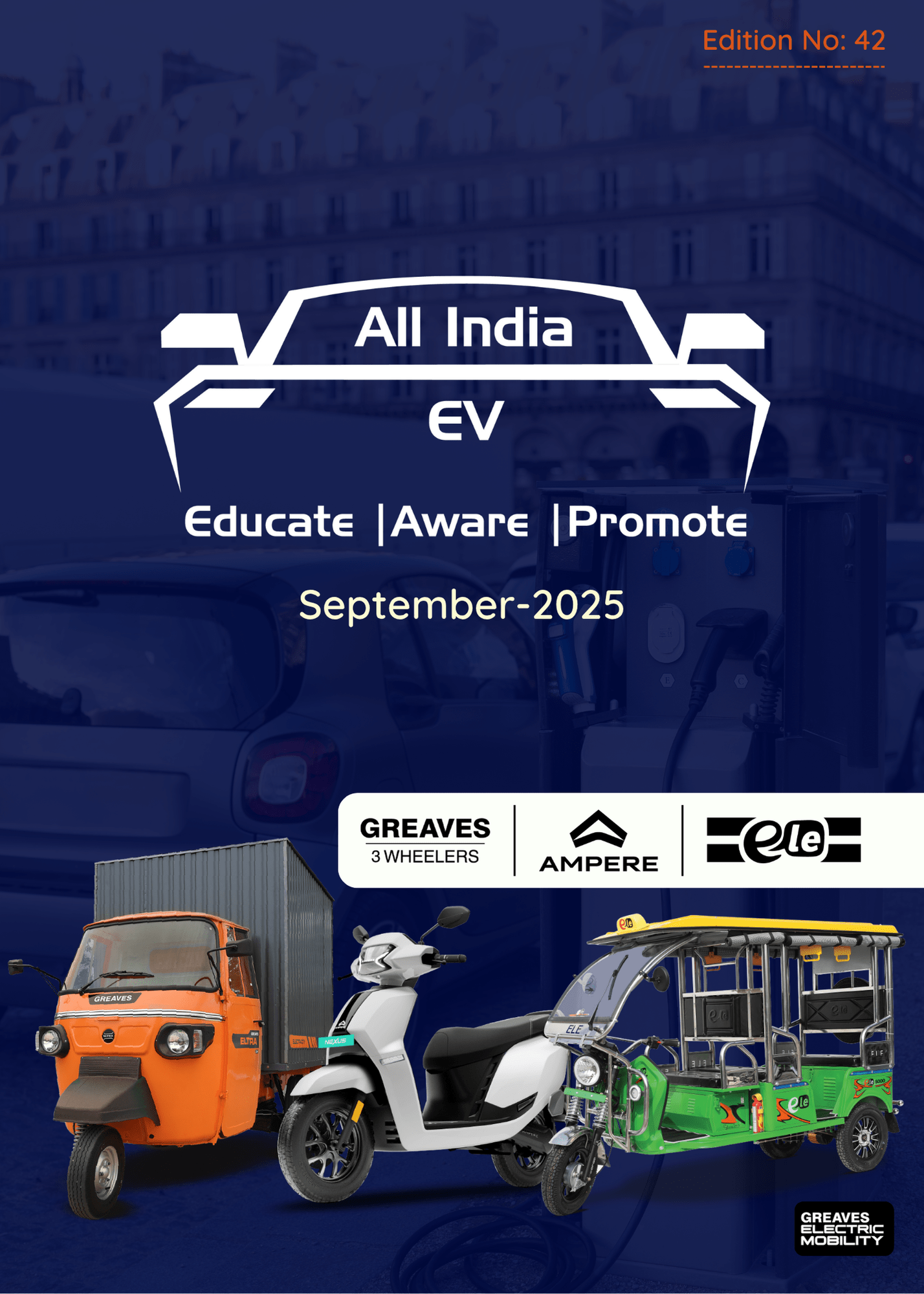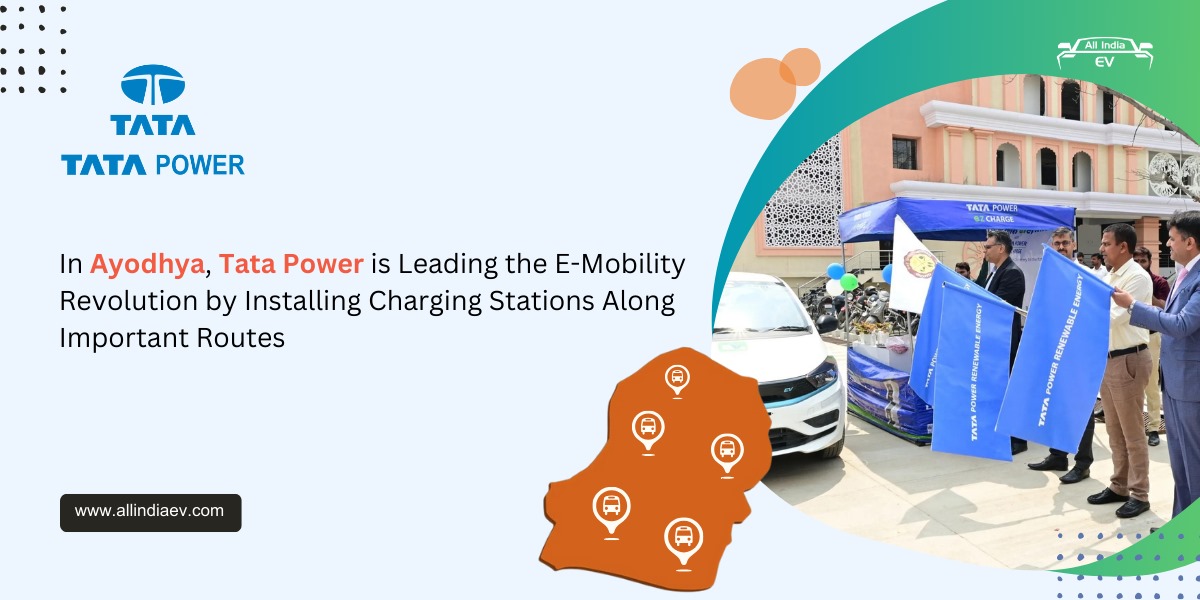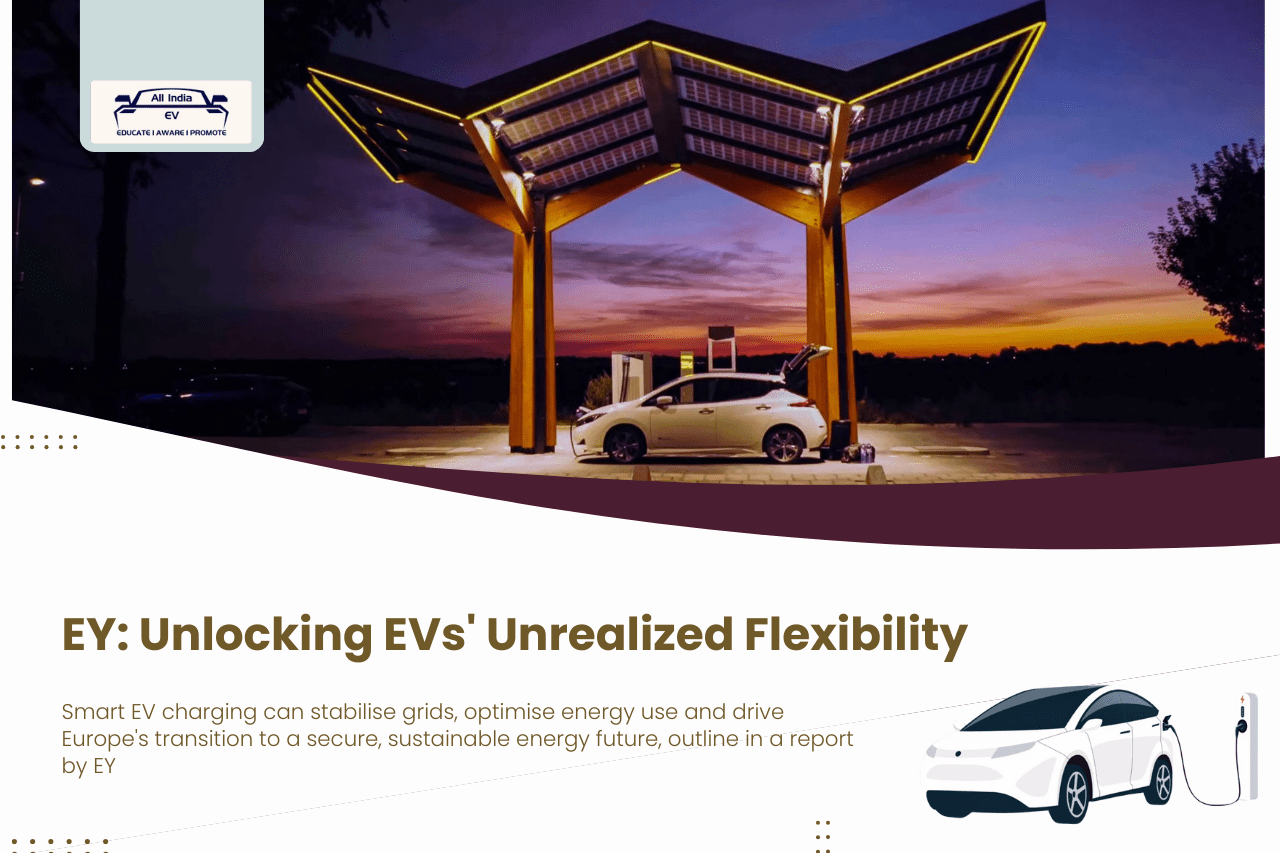
Vehicle-to-Grid (V2G): Unlocking the Future of Smart EV Charging in India
The electric vehicle (EV) revolution is accelerating, and with it comes an unprecedented opportunity to reshape the energy landscape. Smart charging technologies, particularly Vehicle-to-Grid (V2G) integration, are poised to transform EVs from mere transportation tools into crucial components of the energy ecosystem.
As India moves toward a sustainable future, V2G can play a pivotal role in balancing grid demand, integrating renewable energy, and reducing electricity costs for consumers.
V1G: The Foundation of Smart Charging
Before diving into the advanced capabilities of Vehicle-to-Grid, it is essential to understand V1G, or unidirectional smart charging. This technology optimizes EV charging based on electricity prices, grid conditions, and user preferences. By leveraging time-of-use (ToU) tariffs, EV owners can charge their vehicles during off-peak hours when electricity rates are lower, reducing both individual costs and overall strain on the grid.
For example, instead of plugging in all EVs immediately after work—coinciding with peak household energy consumption—smart charging algorithms distribute the load efficiently. This reduces grid congestion and makes better use of renewable energy when it is most abundant.
V2G: The Game-Changer for India’s Energy Grid
Vehicle-to-Grid (V2G) technology takes smart charging to the next level by enabling bidirectional energy flow. This means an EV can not only draw electricity from the grid but also send surplus energy back, acting as a mobile energy storage unit. The benefits of this are immense:
- Grid Stabilization: EVs with V2G capabilities can help manage energy demand fluctuations, ensuring grid stability during peak hours.
- Renewable Energy Integration: By storing excess solar and wind power, EVs can help address the intermittency issues of renewables, making clean energy more reliable.
- Cost Savings for Consumers: EV owners can sell excess power back to the grid, reducing their electricity costs and potentially turning their vehicles into income-generating assets.
The Economic Case for Vehicle-to-Grid in India
As India ramps up its EV adoption, smart charging technologies like V2G could significantly reduce grid investment costs. According to global studies, grid operators could save billions annually by optimizing energy distribution through V2G technology.
For Indian consumers, V2G also enhances the economic viability of EV ownership. By lowering the total cost of ownership (TCO) and making EVs a source of additional revenue, the adoption rate can see a significant boost.
Challenges and the Road Ahead
Despite its potential, the implementation of V2G in India comes with challenges:
- Charging Infrastructure: Expansion of bidirectional charging stations is essential to support widespread V2G adoption.
- Regulatory Framework: Policies and incentives need to be aligned to encourage utilities, automakers, and consumers to embrace V2G.
- Standardization and Consumer Awareness: Ensuring compatibility across different EV models and educating consumers on the benefits of V2G will be crucial.
Conclusion: A Smarter, Greener Future with V2G
Vehicle-to-Grid technology presents a transformative opportunity for India’s energy and transportation sectors. By advancing smart charging capabilities and investing in V2G infrastructure, India can enhance grid stability, promote renewable energy adoption, and make EV ownership more economical.
With coordinated efforts from policymakers, automakers, and utilities, V2G can be the key to unlocking a cleaner, more efficient, and resilient energy future for India. The question is not whether V2G will become a reality, but how soon India can embrace its full potential.


